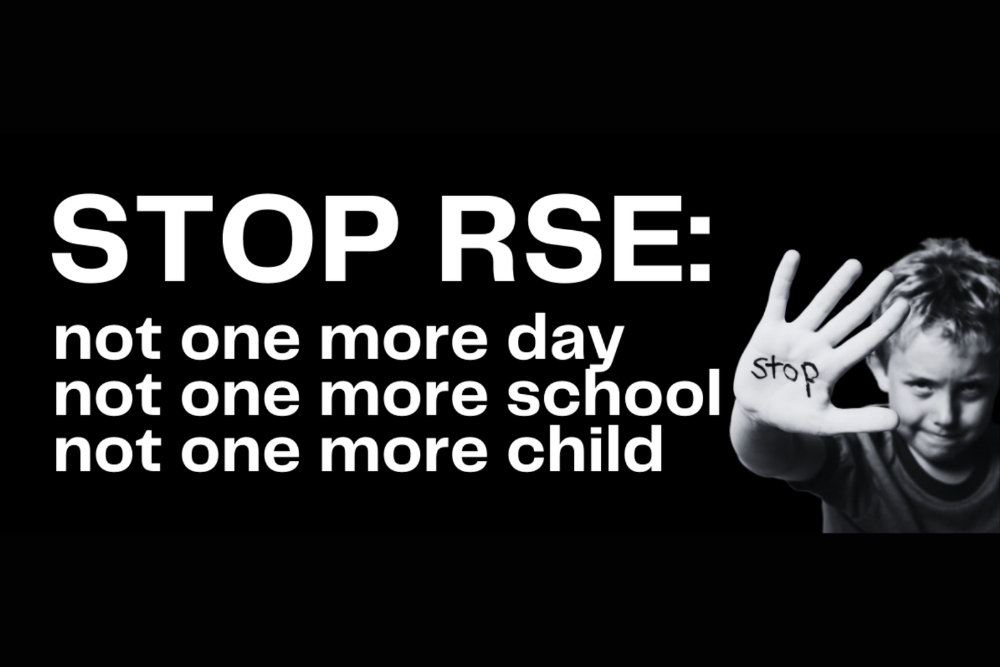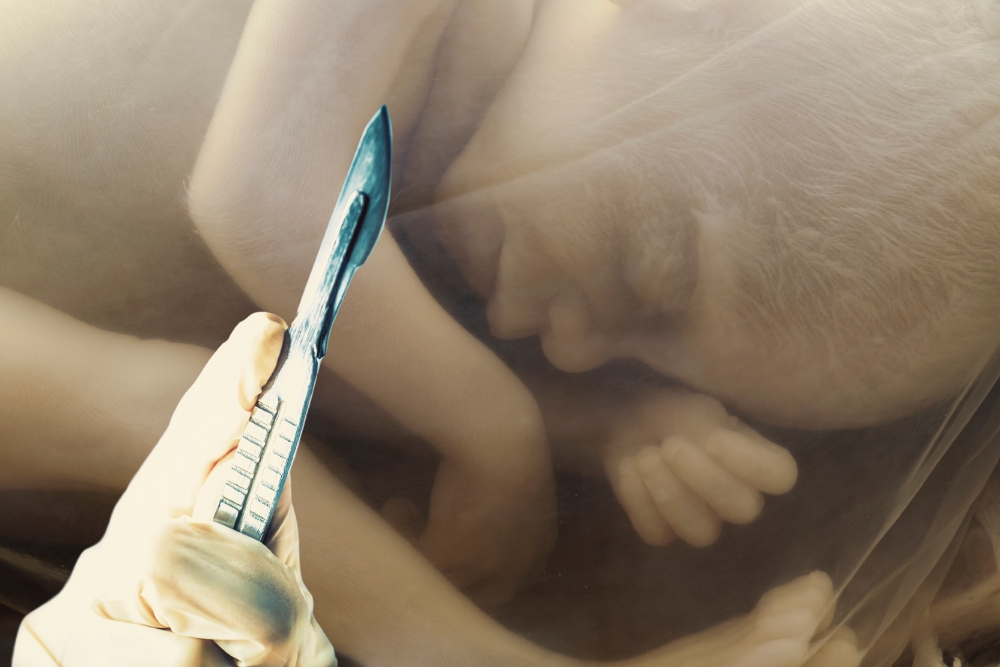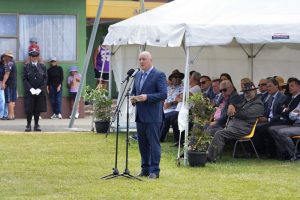By Cranmer
We have been assured that co-governance has been operating successfully in New Zealand for some time but is this the case and what does co-governance look like in the context of Three Waters?
After following months of public debate you could be forgiven for thinking that co-governance is a wildly complicated beast which might be too risky to unleash on a nationwide infrastructure upgrade.
The more ‘enlightened’ amongst us have however pointed out that co-governance is not a new thing and that if you had been paying attention you would realise that it has been operating successfully in New Zealand for some time. This is a point that Morgan Godfery made in his recent Guardian article:
“Co-governance, to take Seymour’s own example, is an orthodox policy under both Labour and National governments. Under former prime ministers John Key and Bill English co-governance arrangements were made with iwi over Te Urewera national park, the Waikato and Waipā rivers, and the Whanganui river (which is also a legal person). Instead of ripping apart the fabric of New Zealand society, these arrangements passed without much notice, and none of its opponents can point to a single governance failure in the years since.”
In Godfery’s view the people that raise concerns about co-governance are made up of “David Seymour and the 5 or so percent of New Zealanders he represents – the exhausted rearguard of New Zealand conservatism.”
The former Attorney General and Minister for Treaty Negotiations in the Key Government, Chris Finlayson, was more blunt in his assessment:
Some people have been busy lately stirring up public alarm over the supposed threat posed by “co-governance”, seemingly unaware that we’re already doing it and without the sky having fallen on us.
For Finlayson, those that raise questions about co-governance are beyond the pale:
The people I call “the KKK brigade” are out there. They dream of a world that never was, and never could be. They are the people — and these words aren’t mine but are taken from a former British foreign secretary — that you can call the “sour right”. They don’t really understand tangata whenua. They don’t like change.
Both Godfery and Finlayson point to Te Urewera national park as a model example of co-governance in operation – but how successful has it been? Before looking at the reality it’s worth remembering that the current co-governance arrangements have been set up under the Te Urewera Act 2014 which, in section 4, sets out the 3 simple objectives of governance:
The purpose of this Act is to establish and preserve in perpetuity a legal identity and protected status for Te Urewera for its intrinsic worth, its distinctive natural and cultural values, the integrity of those values, and for its national importance, and in particular to:
(a) strengthen and maintain the connection between Tūhoe and Te Urewera; and
(b) preserve as far as possible the natural features and beauty of Te Urewera, the integrity of its indigenous ecological systems and biodiversity, and its historical and cultural heritage; and
(c) provide for Te Urewera as a place for public use and enjoyment, for recreation, learning, and spiritual reflection, and as an inspiration for all.
The three objectives set out above seem to be well-intentioned and there is no obvious conflict between them. Maintaining a national park should be a relatively uncontroversial undertaking – maybe there might be some differences of opinion on methods – but you would imagine that for the most part there would be common ground and agreement, and that the noble goal of conserving a national park would encourage harmony.
Sadly the reality is not as simple or rosy. A Stuff article from earlier this year described a serious breakdown in the relationship between the Crown and iwi that has led to tracks, huts and bridges falling into disrepair and problems with pest control. At the heart of the breakdown seems to be a difference of priorities.
Kruger told Stuff in November that the relationship with the Crown post-settlement had failed, and Tūhoe wanted a re-set, dealing directly with Crown-Māori Relations Minister Kelvin Davis instead of DOC.
He said opening Te Urewera to the public was “way down the list of priorities” for Tūhoe, as it brought no benefit to the iwi.
To doctrinal adherents such as Finlayson these are merely insignificant operational matters that can be cleared up over time. They certainly don’t give him pause for thought when seeking to apply similar, but more complex, arrangements to our national water infrastructure upgrade.
Looking at the Water Services Entities Bill there are 6 objectives set out in section 11 – that require that those entities seemingly be all things to all people. Amongst other things, the water service entities are required to operate in the best interests of “present and future consumers” and “to mitigate the effects of climate change”.
If that wasn’t ambitious enough, section 13 sets out a further 7 operating objectives that include giving effect to Te Mana o te Wai, understanding, supporting and enabling the exercise of mātauranga Māori, tikanga Māori and kaitiakitanga, and giving effect to Treaty settlement obligations. They also have to be innovative in the design and delivery of water services.
Sitting atop the water service entities will be the Regional Representative Groups where the co-governance arrangements will operate. In addition to appointing the boards of the water service entities, each RRG will participate in the process of setting their strategic direction and performance expectations as well as reviewing their performance.
If the RRG can’t agree on the strategic direction of the relevant WSE there is a dispute resolution mechanism that can be triggered – but even that has been bastardised beyond recognition. In this case the process may or may not be binding, and it may be mediation or it could be arbitration. It’s a sloppy mess which makes you wonder if the drafters of this Bill have had any experience of high stakes arbitration or if they know what non-binding mediation actually means in reality.
When compared to the meagre three objectives set out in the Te Urewera Act, the Water Services Entities Bill offers a smorgasbord of options from which the RRGs and WSEs can choose to prioritise. But as we know, no matter how delicious the options at the buffet look, you can’t eat everything at once. Choices will have to be made; but how will they be made and will they be made in the best interests of the public – who simply want their water infrastructure upgraded as quickly and efficiently as possible.
The Te Urewera precedent suggests that serious breakdowns in co-governance arrangements can occur to such an extent that they have created health and safety concerns. Of equal concern is that Tūhoe does not even consider co-governance as the final goal – hence their ambivalence towards it. Tāmati Kruger, the chairperson of Tūhoe Te Uru Taumatua and the tribe’s Chief Negotiator for the 2014 Treaty settlement described their view in a recent interview:
Co-governance is not the goal.
Co-governance is not our term. Mana Motuhake is our term. So we are committed to washing away dependency on the Crown, and raising maximum authority for Tuhoe people.
I don’t see it as the final destination. I don’t see co-governance as the answer. But I think it’s the next bus stop in a journey that has to be made. It’s everyone’s journey. It’s like gravity, you can’t defy it. It’s on its way.
Does Tūhoe, and other iwi, hold a similar view of co-governance when it comes to Three Waters?
Presumably they do, and if that is the case, is it a stable governance structure to base our water infrastructure on?
All the evidence seems to suggest that this is a huge gamble and all the risk lies with the public and the taxpayer.










